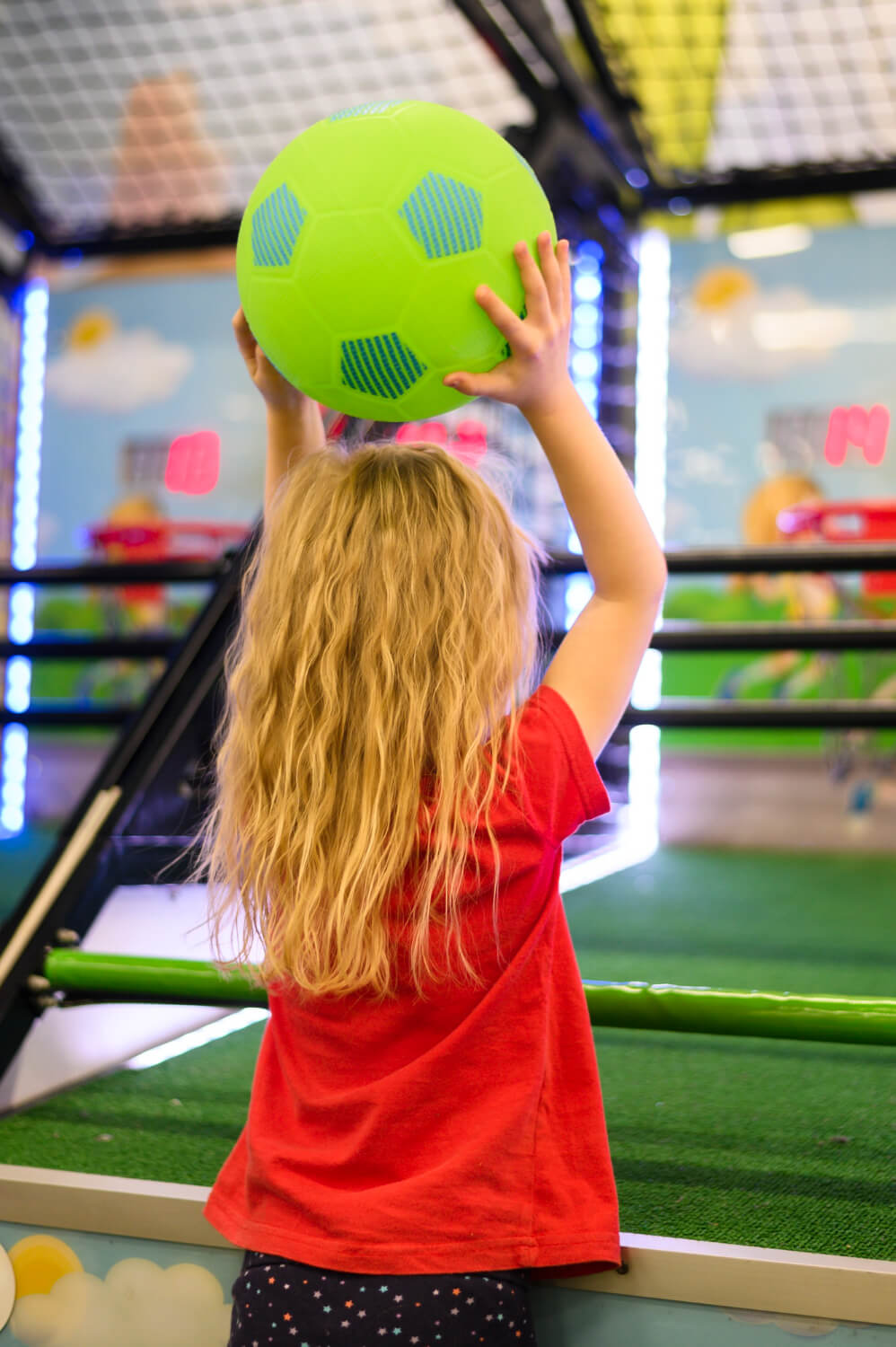Introduction:
Indoor playgrounds provide young children with an exceptional environment for developing essential cognitive, physical, and social skills while offering them a safe and enjoyable space to play. To truly cater to diverse communities of children, including those with special needs and varying abilities, it is crucial for soft play owners, restaurant cafe owners, and large shopping centres to design inclusive and accessible playgrounds that offer universal play experiences. By embracing inclusivity, your venue establishes itself as welcoming and accommodating to all children, ensuring that everyone can enjoy the benefits of play, regardless of their abilities.
In this article, we will explore the essential principles and best practices for designing inclusive indoor playgrounds, ensuring a positive play experience for every guest. With the guidance of industry-leading experts like Afacanpark, who design, manufacture, and build world-class indoor playground equipment, you can create a truly inclusive environment that champions the needs and preferences of children with varied abilities. This comprehensive approach enables your venue to stand out in a competitive market and to connect with all families and guests who are seeking accessible and enjoyable play experiences.
1. Understanding Accessibility and Universal Design Principles
Applying universal design principles involves creating environments that are accessible, usable, and welcoming for everyone, including those with varying abilities:
– Physical Access: Evaluate your indoor playground for any physical barriers, ensure ramps, railings, and accessible pathways are incorporated, and prioritise play equipment with inclusive design adaptions.
– Sensory Considerations: Incorporate a variety of sensory experiences designed to engage a diverse range of abilities, including visual, auditory, tactile, and vestibular stimuli.
– Social Interaction: Create environments that facilitate social interaction and foster connections, enabling every child to engage in reciprocal play and communication.
2. Adapting Play Equipment for Varied Abilities
To provide a meaningful play experience for all children, thoughtfully select and adapt play equipment catering to diverse needs:
– Adapted Soft Play Areas: Design soft play areas with wider corridors, lower steps, and larger platforms to accommodate children with mobility challenges or those using wheelchairs.
– Accessible Trampoline Areas: Design trampoline zones with padded ramps and safety enclosures to provide easier access and foster safety for all abilities.
– Sensory Play Zones: Create designated spaces specifically adapted for sensory play, incorporating tactile elements, auditory stimuli, and visually engaging features.
3. Enhancing Safety and Comfort for All Guests
To create a truly inclusive environment, ensure safety measures and comfort provisions are in place:
– Quiet Zones: Designate low-stimulation zones away from the main play areas, providing a calm and soothing space tailored for children who may find excessive sensory stimulation overwhelming.
– Allergen-Free Areas: Establish allergy-friendly spaces by utilising hypoallergenic materials in the construction of your play space.
– Clear Signage: Provide clear and easy-to-understand signage throughout the venue, ensuring guests of all abilities understand rules, regulations, and wayfinding.
4. Staff Training, Education, and Resources
Comprehensive staff training and education are essential to support a fully accessible play experience:
– Disability Awareness Training: Provide staff with training on disability awareness, to enhance understanding and empathy towards diverse abilities, and to promote effective communication.
– First Aid and Emergency Procedures: Ensure all staff are trained in first aid and emergency procedures specific to various disabilities and medical conditions.
– Accessible Resources: Develop resources, such as social stories, visual supports, or sensory guides, that facilitate understanding and support for guests who require tailored information or coping strategies.
Conclusion
Designing inclusive indoor playgrounds requires a thorough understanding of accessibility challenges, universal design principles, adaptable play equipment, and comprehensive staff training. By implementing these best practices, you can create a welcoming and inclusive environment that caters to every child, regardless of their abilities. Reach out to the expert team at Afacanpark for guidance on designing and implementing an inclusive and accessible indoor playground for homes that will resonate with all families and guests in 2024 and beyond. Elevate your venue by championing inclusivity and accessibility today.




